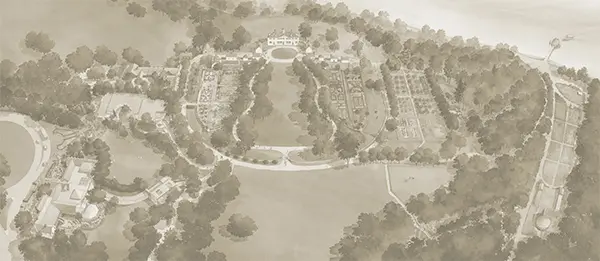A sprawling annual herb, nasturtiums have long been a charming kitchen garden plant. Their flowers, leaves, and seeds are all edible, and add a peppery bite to salads.
Latin Name
Tropaeolum majus
Family
Tropaeolaceae
Also Known As
Indian Cress Monks Cress
Type of Plant
Bloom Season
May - June
Seasons
Specifications
Uses
Sunlight Exposure
Tolerances
Attracted Wildlife
Colors
Native Range
South and Central America
History
The Spanish brought nasturtiums to Europe from South America and they have been cultivated as a garden plant ever since. Minton Collins of Virginia offered nasturtium seeds for sale in the Virginia Gazette in 1793.
Other Details
Planted at Mount Vernon



Hardiness Zones


Average annual extreme minimum temperature 1976-2005

Bartlett Tree Expert Company has been working with Mount Vernon Estate since 2011 providing expert arboricultural care and GPS mapping for the estate’s historic trees, as well as support from their research facility. Mount Vernon is proud to partner with Bartlett Tree Experts and appreciates their sponsorship of George Washington’s Mount Vernon Plant Finder App.
Bring Washington's Garden Home
Purchase our historic seeds, collected from plants grown at Mount Vernon and plant them in your own garden.
Shop Now
